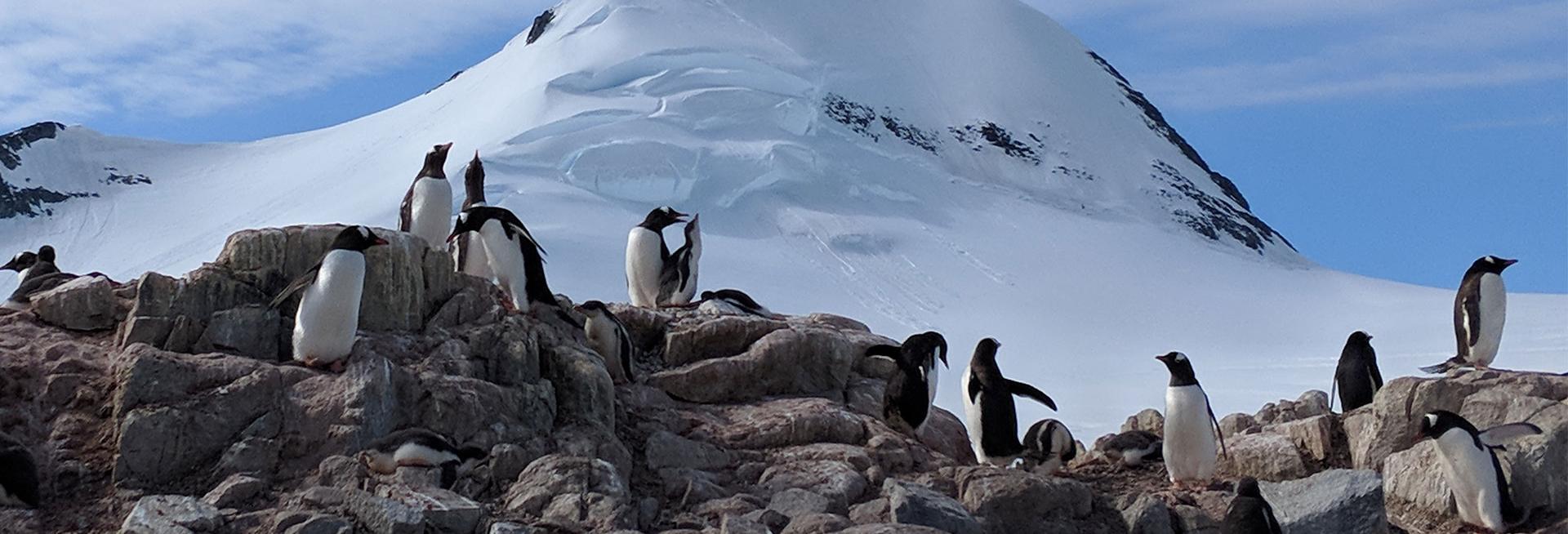The Zooniverse is a citizen scientist platform underpinned by research from the Department of Physics. Zooniverse has engaged more than 2,100,000 registered volunteers in 248 projects over a broad range of topics, including the arts, biology, climate, history, language, literature, medicine, nature, physics, social science, astronomy and astrophysics.
Zooniverse has its origins in the Galaxy Zoo project, pioneered by Professor Chris Lintott at Oxford’s Department of Physics. Galaxy Zoo used citizen scientists in the morphological classification of galaxies, which is best done by the human eye. Millions of potentially interesting astronomical objects are sampled by ground and space-based platforms such as the Sloan Digital Sky Survey and the Hubble Space Telescope, and therefore a sustainable solution was needed to analyse this volume of data.
Enabling scientific research
In 2008, work led and conducted by the Department of Physics showed that newly developed software allowed access to a large audience, and that their classifications could be combined to produce a consensus. Citizen scientists were asked to classify galaxies into six different morphological categories and the group found that citizen scientists could perform classifications with sufficient accuracy, when cross-referenced with each other, that the data could be used in scientific research.
Further work published in 2011 – carried out in Oxford, in collaboration with the Adler Planetarium, Yale, Nottingham, Brookhaven National Laboratory, Portsmouth, Johns Hopkins, LinkLab and Fingerprint Digital Media – developed new techniques. These were to measure subtle biases inherent in classification, and thus present measures of classification accuracy which have proved generally useful as a methodology for producing results from citizen science projects.
Sophisticated algorithms
New astronomical projects including the Vera Rubin Observatory’s LSST survey will continue the trend to larger and larger surveys, producing 30TB of images and 10,000,000 transient alerts each night. This growth, in combination with a desire not to waste volunteers’ time, has led to the development of more sophisticated algorithms for both task assignment and developing consensus.
Published in 2016, work jointly led by the Department of Physics, the University of Tokyo, and Stanford, used citizen science classifications as part of the first Space Warps lens search, and demonstrated that better weighting of volunteers’ abilities could increase lens detection rates from 65% to 80%. This was the first large project to offer significant increases in efficiency in this way.
Human + machine classification
The combination of human and machine classifications was explored by an Oxford-led collaboration (with Queen’s Belfast, Minnesota, Northwestern, the Adler Planetarium, University of Hawaii and UCSD), in the search for supernovae in data from Pan-STARRS1. They showed that a combination of human and machine classifications allowed for near real-time discovery, and outperformed either method used individually.
A recent Oxford-led study examined the use of Bayesian convolutional neural networks (CNN) for active learning in a human/machine hybrid system. Bayesian CNN, trained on data from Galaxy Zoo, predict the probability distribution for a given morphological feature; the network correctly interprets the uncertainty in volunteer labels, and can be used to select those images where an active learning strategy will most improve the network. This combination of machine and human intelligence reduces the time taken to classify surveys from years (with citizen science classifications alone) to weeks, and is now deployed on the live Galaxy Zoo site. These early projects have acted as research projects in how to design effective astronomical citizen science and have provided the basis for how such tasks should be designed for other applications.
People-powered research
As a direct result of the research in building projects such as Galaxy Zoo and Space Warps, the Zooniverse Project Builder was released in July 2015, which has allowed users to deploy their own projects, without requiring involvement of Zooniverse staff. The benefits that have arisen from the different projects made possible by the Zooniverse include: improved disaster relief response, where volunteers on the Planetary Response Network project have provided rapid and responsive analysis of satellite imagery; changes to environmental policy, where the boundaries of Marine Protected Areas have been redefined as a result of improved penguin population data from the Penguin Watch project; enhanced teaching in schools via programmes such as ZooTeach, which has engaged school children in the Bash the Bug and Plastic Tide Projects; and benefits to the wellbeing and engagement of the citizen scientists involved in the Planet Hunters project.

